A rocky uninhabited Greek islet in the Aegean Sea is providing archaeologists with a treasure trove of finds, including new insight on the story of an ancient pirate king.
There was once a small settlement on the islet of Vryokastraki and it was inhabited continuously from the 12th century BC until the 7th century AD. New evidence shows there was also a Cycladic settlement on the islet in the 3rd millennium BC. A series of inscriptions found during excavations are revealing the history of the Greek islet, including the time when it was ruled by a pirate king .
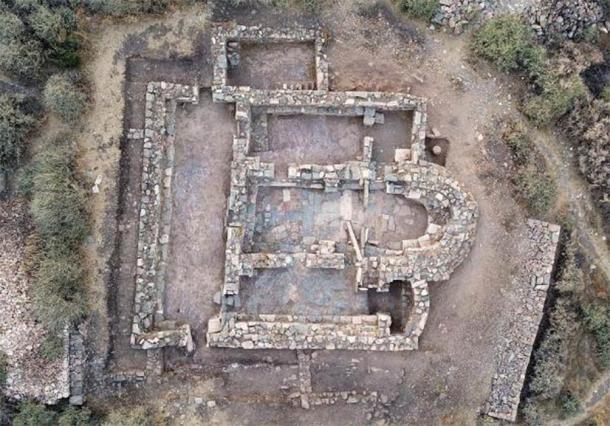
The early-Byzantine basilica found on Vryokastraki. ( AMNA/ Greek Ministry of Culture )
Over the summer Greek archaeologists excavated a series of sites on Vryokastraki, which is one of the Cyclades Islands . They focused on three sites on the rocky outcrop that date from the Classical period to the Byzantine era. The islet is located to the northwest of the island of Kythnos, and directly opposite the once important town of Kythnos. Vryokastraki was abandoned in the 7th century AD when the inhabitants moved to the larger nearby island.
Exploring the Islet’s Byzantine Fortress
Archaeologists investigated a sanctuary that dates to the Classical period. Among the finds here were ‘mainly female, clay figurines and some bronze votive offerings , such as miniature buckles and other jewelry,’ according to Athina. Once there was a temple on the site and a badly eroded altar was found nearby. There is also evidence that a Christian community once used the site.
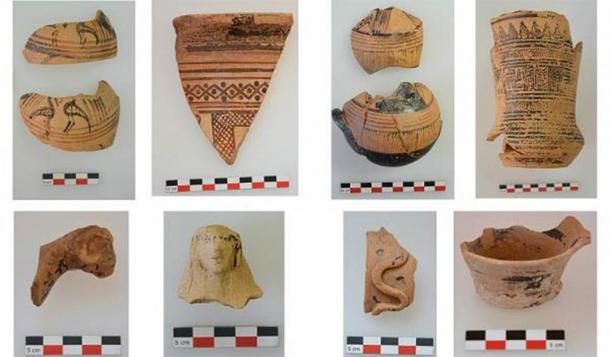
Geometric and Archaic ceramics from the sanctuary. (AMNA/Greek Ministry of Culture )
Perhaps the most important site on Vryokastraki is a Byzantine complex which was fortified with a stone enclosure. It was an impressive 76 meters (249.34 ft.) in length. The wall is made of massive stones, and according to Archaeology Wiki , it ‘blocks the only access to the islet facing the ancient port.’
There were a series of 15 rooms in the complex that had accessways to the interior of the island. A room that was used in the storage and preparation of food was also found, along with a cistern filled with stones.
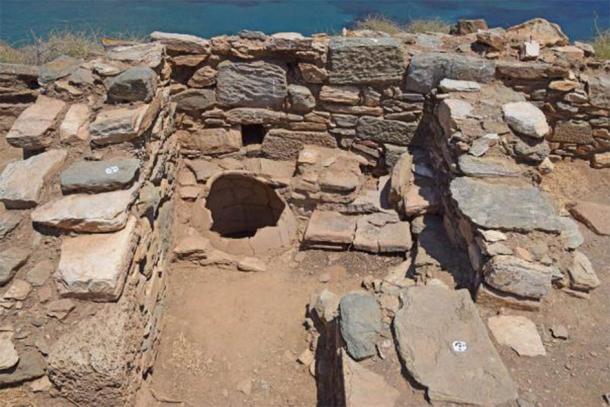
Upper section of a storage jar in situ. (AMNA/Greek Ministry of Culture )
Inscriptions Reveal the Cover-Up of an Ancient Pirate King’s Rule
It appears that this structure was primarily a fortress that protected the island and its harbor. In the ancient world, the Aegean Sea was infested with pirates and war was endemic, and this probably led to the abandonment of the settlement in the 7th century AD.
Archaeologists also found some fragments from a marble sculpture. In one room a block with an inscription was found ‘concerning a Kleainetos from Aetolia and related to a well-known incident testified by inscriptions found earlier in Athens,’ according to Archaeology Wiki . It refers to an infamous pirate by the name of Glauketis (also spelled Glafketis) who was active in the 4th century BC.
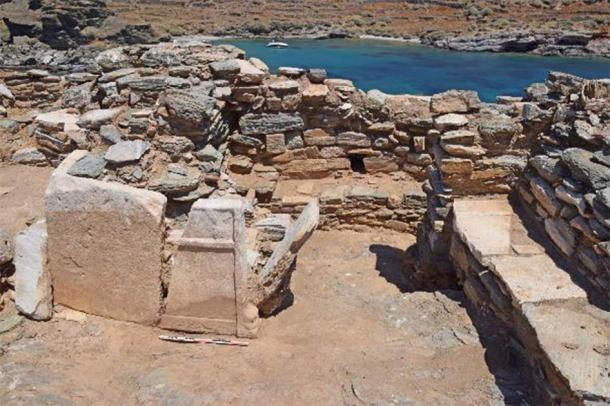
The inscription discussing the pirate king Glauketis. ( AMNA/Greek Ministry of Culture )
Archaeology Wiki reports that ‘based on this decree it turns out that he was a nesiarchos (ruler of the islands)’. Therefore, Kythnos and other islands were once ruled by a pirate king. It is not known if the pirate ruler used them as a base from which to prey on shipping vessels.
This pirate king’s rule was not mentioned by other sources because it was probably an embarrassment to the Athenians who claimed jurisdiction over the islands. The Greek Reporter states that the inscription reads that ‘Glafketis had support from the Macedonians but was eventually forced out of power by the Athenians.’
Fining and Honoring Citizens
Another two inscriptions were found on blocks in one of the ruined rooms. Archaeology Wiki reports that one inscription relates to a ‘fine to be collected by the theoroi (ambassadors) in case of illegal conduct.’ It is in the Greek Doric dialect and relates to a decree by the city regarding building regulations.
The Greek Reporter states that ‘Scholars also recovered an honorary inscription for a resident of the island who had been recognized by the municipality of Kythnos, but unfortunately the name of the citizen did not survive.’ These stones had been re-used by the Byzantines.
The archaeological team, including a small group of PhD students, also excavated a Late Antiquity Christian basilica . They were able to identify the structure’s arch and also found a marble column that was once part of the church.
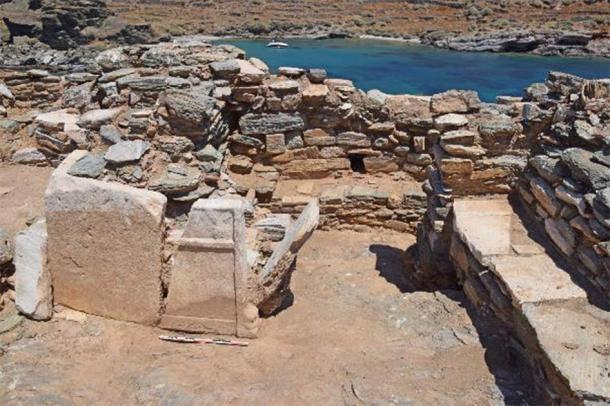
Two fragments of a marble table support ending in leopard feet in secondary use in the church’s north aisle. (AMNA/Greek Ministry of Culture )
It appears that stones from earlier Classical era buildings were used in the construction of the basilica. Some of these are important and have been removed from the site for safekeeping, including table legs in the design of leopard feet. More excavations are expected to take place on the rocky islet and many more exciting discoveries are likely to be made.
Top Image: The inscription discussing the pirate king Glauketis ( AMNA/Greek Ministry of Culture ) and aerial view of the Greek islet Vryokastraki. ( AMNA/ Greek Ministry of Culture )
By Ed Whelan
Related posts:
Views: 0
 RSS Feed
RSS Feed















 November 8th, 2020
November 8th, 2020  Awake Goy
Awake Goy  Posted in
Posted in  Tags:
Tags: 
















